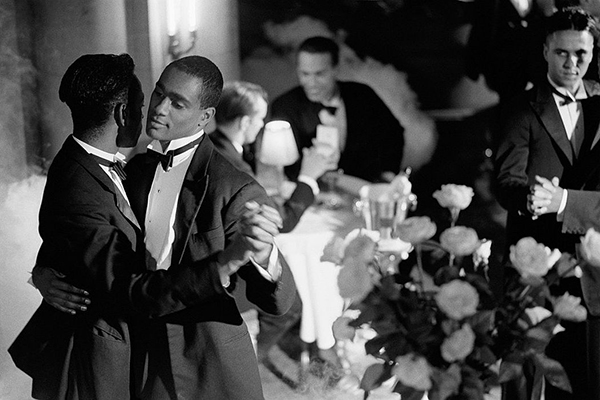Illusions
Illusions holds a mirror to the Hollywood discrimination that disproportionately affects individuals at the intersection of race and gender. Julie Dash uses Hollywood’s “Golden Age” of filmmaking (roughly 1920–1960) to unpack how the industry has systemically reinforced white supremacy through representation. Through her protagonist, Mignon, an executive passing as white, Dash has crafted a metafilm that is both a representation of the erasure of Black women’s roles in cinema history as well as a critical reflection on that erasure. Illusions enables audiences to perceive film differently and has ultimately become a key example of the oppositional gaze, as defined by bell hooks. (Julie Dash, 1983, 35 minutes)

